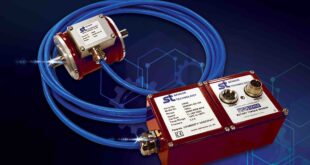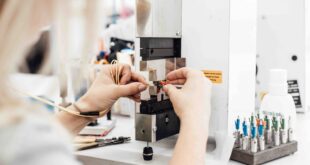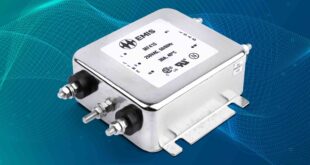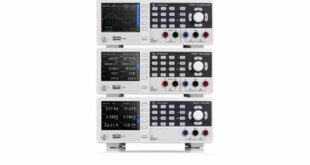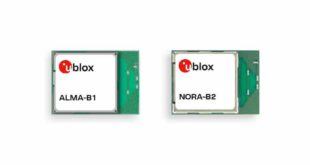Airliners are subject to tremendous loads as they land and take off, from the touchdown of the undercarriage, to the back-thrust of the jet engines as they slow the aircraft on the runway and the wind pressure on the flaps and flight control surfaces when they are lowered to provide air-braking. Furthermore, these loads can increase exponentially in difficult or emergency situations, so it is essential that the relevant parts are regularly tested and recertified as fit for purpose.
SGN Electrical in Sittingbourne, Kent, UK, has recently built two test rigs, one for testing the landing gear, the other for the flaps on the tailplane, that are helping ensure transoceanic-scale airliners capable of carrying hundreds of passengers can land safely and reliably every flight.
One rig tests the ballscrews used to raise and lower the tailplane flaps. Rather than just a function test, the rig simulates the high-speed air flow over the aircraft while it is in flight, using a hydraulic actuator to apply a measured but varying load to the ballscrew.
The second rig is for testing the landing gear by simulating the loads on the main lead screw as the wheels are lowered and touchdown. This includes the extra loads that are likely to be experienced in bad weather and the sudden shock loads that might occur in an emergency landing.
Both test rigs use a TorqSense transducer made by Sensor Technology Ltd in Banbury as their main element. TorqSense is much-favoured by test rig builders as it is a non-contact technology that uses reflected radio waves to measure the torque in a rotating shaft.
“There is no need to spend time setting up fiddly slip rings every time you use the rig,” explains SGN’s Scott Nicholson. “You just point the sensing head at the test piece and real time data is collected. We run this through a standard Sensor Technology controller and the results are both displayed on a digital screen and stored for later analysis.”
“Using TorqSense makes it easy to build a test rig,” says Scott, “but far more importantly it makes the tests much, much quicker and easier. Therefore, more tests can be done in a given time, which means results can be checked, double-checked and checked again – which is pretty much the operating procedure required for aircraft safety.”
 Engineer News Network The ultimate online news and information resource for today’s engineer
Engineer News Network The ultimate online news and information resource for today’s engineer
